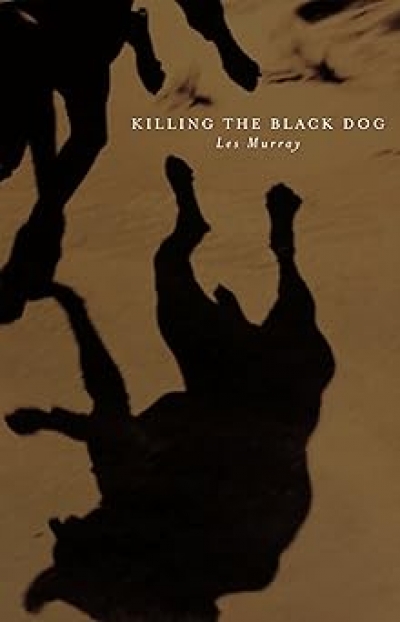Chris Wallace Crabbe
Apart from those
occasional wrinkled socks
you are aristocratically pallid
Lines for Birds: Poems and Paintings by Barry Hill and John Wolseley
Human Chain by Seamus Heaney & Stepping Stones: Interviews with Seamus Heaney by Dennis O’Driscoll
An Anthology Of Modern Irish Poetry edited by Wes Davis
It is strangely affecting to see people’s lips moving as they sit silently reading to themselves. Apparently, when we read we can’t help but imagine speaking. Even silent reading has its life in the body: seeing words, the part of our brain that governs speech starts working. When we read poetry silently to ourselves, is it our own voice or the poet’s voice that we hear?
... (read more)‘It’s something like learning geography,’ thought
Alice, as she stood on tiptoe in hopes of being able
to see a little further.
Through the Looking-Glass
Our mob was fond of Tweedledee
Because it was cutely seen
That he would rustle up the tribes
And thump the old Red Queen.
Are you a vivid dreamer?
Yes, in general I am, but I have three kinds of dream: those that are dully bureaucratic at root; those that revisit the emblematic landscapes or cities of earlier dreams; and wild, coloured dreams with a green welcoming ocean or dark monsters.
... (read more)





